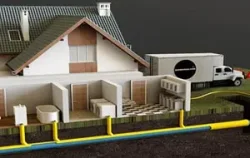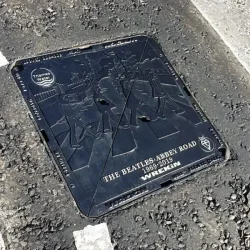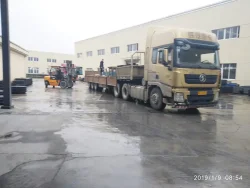2022-04-20
Cities, those dense congregations of peoples and buildings have made possible economies and lifestyles that our early ancestors can never imagine. There are some negative consequences that come from cramming so much into such a limited space. Any urban development will affect or make an impact on its environment. Construction of roads or buildings significantly makes urban areas seal surfaces less permeable or even impermeable, and avoid groundwater recharge or infiltration, floods occur.
At more time it is clear than when it rains. Managing the stormwater runoff through a city is an immense challenge that creates more demands for stormwater systems. That is operated by local councils and leads to larger stormwater catchments. Eventually, they join trunk drainage and cast iron or concrete piping that carries water to different bodies.
2022 Flood Again in Sydney, New South Wales

In 2022, we saw unprecedented levels of rainfall, storms, and flooding across many parts of New South Wales, causing the Insurance Council of Australia to declare it a catastrophe. Major rainfall events like the 2021 NSW flood show how important a city’s storm drain system is to the safety of the population. In Sydney, NSW, landowners are responsible for managing storm drain systems on their properties, and the local government or councils are in charge of projects to manage storm and sewer drain on public land. However, hard surfaces like roads, driveways and parking lots can prevent this runoff from properly soaking into the land. This overflowing of water is hazardous for us and the cities. Large volumes of water can also cause flooding, structural damage and erosion.
What drainage stormwater System can Help?
Stormwater is the water that drains off a house site from the rain that falls on the building roof and land, and everything that the water carries with it.
Detaining stormwater and removing pollutants is the primary purpose of stormwater management. Pervious Surfaces that are porous and allow rainfall and snowmelt to soak into the soil, Gray infrastructure, such as culverts, gutters, storm sewers, conventional piped drainage, and Blue/Green infrastructure that protect, restore, or mimic the natural water cycle, all play a part in stormwater maintenance. Prevent Flooding
1. Storm drainage systems help to rapidly prevent flooding by keeping stormwater off the streets without adequate stormwater maintenance, the risk of flooding, especially in urban areas, is greatly increased
2.Minimise grease, oil, pesticides, litter, fertilizer, sediment, contaminants, and debris that eventually spill into a lake or river that supplies our drinking water
3. Prevent or reduce damage to public safety and property rights. As water cannot be absorbed into the concrete that covers large swaths of towns and cities, the excess water from rain and thunderstorms must be managed to prevent loss of life and property damaged by flooding.
4. Prevent stream and soil erosion in rural areas that are used for planting and animal husbandry.
What are the components of a storm drain system?
Storm drain systems can be separated into site drainage systems and civil drainage systems.
Site Drainage System
Most permanent properties in NSW, be it a house, an office block, a farm or an industrial facility needs to be able to deal with the rainfall landing on-site. This particularly requires the transfer of water flow into the drainage networks so that excess stormwater is discharged effectively, and does not cause overflow or runoff into neighbouring buildings.
Components of site storm drain systems include:
PVC Gutters and Composite Gully grating
Underground Pipings
Puddles in Soft landscaping and rain garden
Rain storage systems such as above-ground storage basins and underground tanks
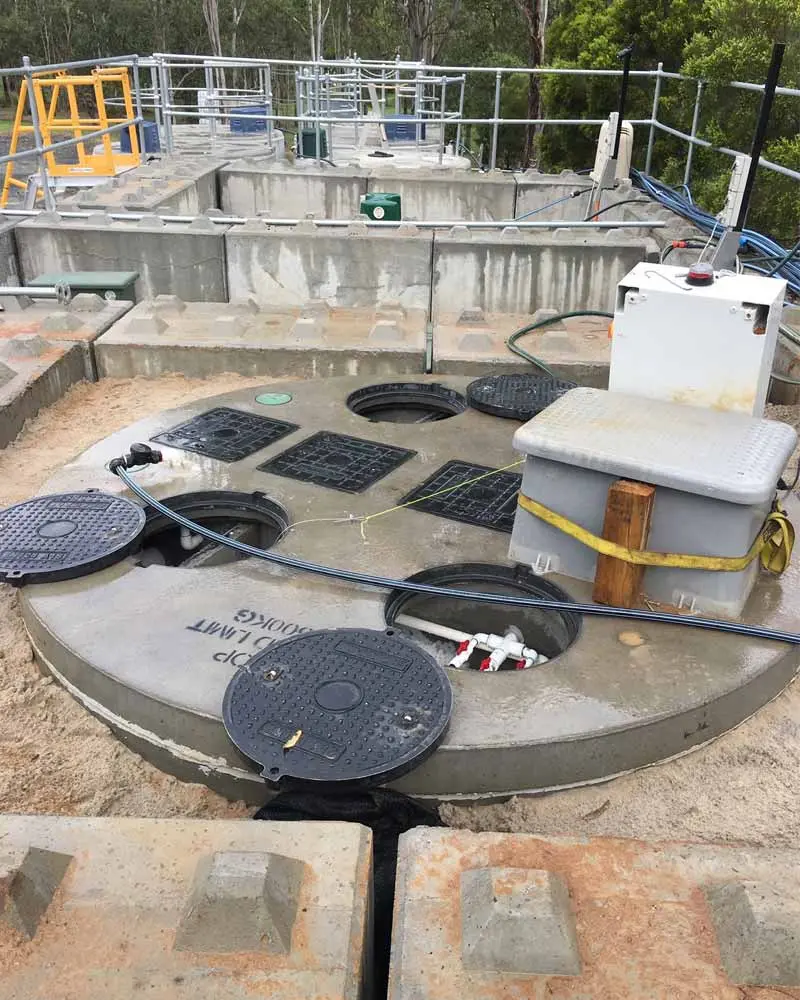
Components of civil stormwater Drainage systems
Natural watercourses
Recessed gully drains
In ground stormwater drains
Manholes and access cover
Catchments. These are areas that drain to stormwater structures such as underground piping and culverts.
Garbage traps and Stormwater permeates facilities
Dams and Trenches
The purpose of civil drainage is to take runoff stormwater from around the city and slowly release it to sea, or natural water catchments. Civil drain systems often work in with the environment, to use existing natural features like lakes, rivers and gullies to channel and discharge stormwater.

Useful Knowledge for a sewer business owner
Modern stormwater techniques mostly have some ecological treatment effects with the general aim to protect the health, welfare and safety of the public (by preventing water pollution), and to protect property from flood hazards by safely routing and discharging stormwater from developments.
A sewer company should have a stormwater engineer or hydraulic engineer responsible for designing solutions to stormwater management problems. Their plans illustrate how rainwater will be managed on a site.
A sewer company should have a vacuum sewage truck, although vans can also install the hydro sewer jetter, jetting machine, high-pressure reel, and vacuum hose that complete sewage works. But clients are willing to pay higher for those who drive vacuum trucks and wear clean uniforms. A vacuum sewage truck has more advantages such as a big space dirt carriage that prevent odors, an automatic high-pressure reel with a digital computer and pressure gauges for efficient sewage works, And most of all, the branding value for a sewer company.
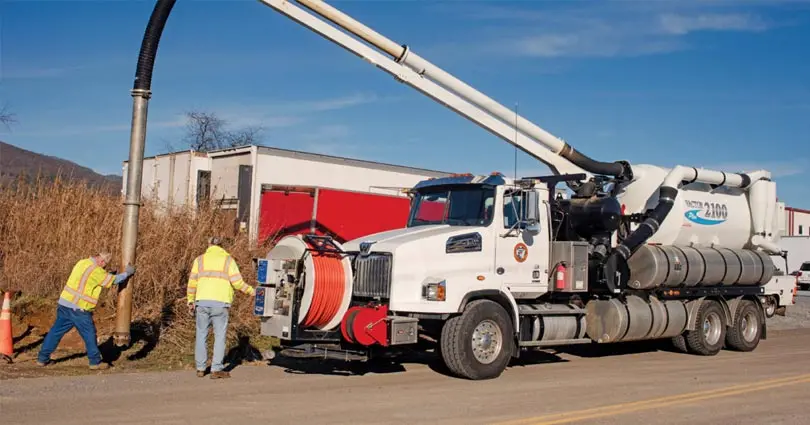
What approvals are required to construct new storm drain systems?
In New South Wales, the work can only be performed by a licensed drainage contractor. To carry out any storm drain work and connect directly or indirectly to water bodies and existing storm drains, approval is required from either the local council or Sydney Water.
To connect a stormwater system to any natural waterway in New South Wales, you need approval from the NSW Office of Water and must address several requirements. These include guidelines for vegetation management plans and guidelines for outlet structures on waterfront land.
If the drain is going to disturb land within 200 meters of any natural waterway, there could be a risk of harming Aboriginal heritage objects. Permits or due diligence assessments are required from the Office of Environment and Heritage. If the stormwater system is going to connect to any natural waterway owned by Sydney Water, you will need their approval.
Safety Guidiences You Should Know Before Strart a Sewer Cleaning Work
The Beauty and Purpose of Hospital Manhole Covers Shows More Symbolic Strength
